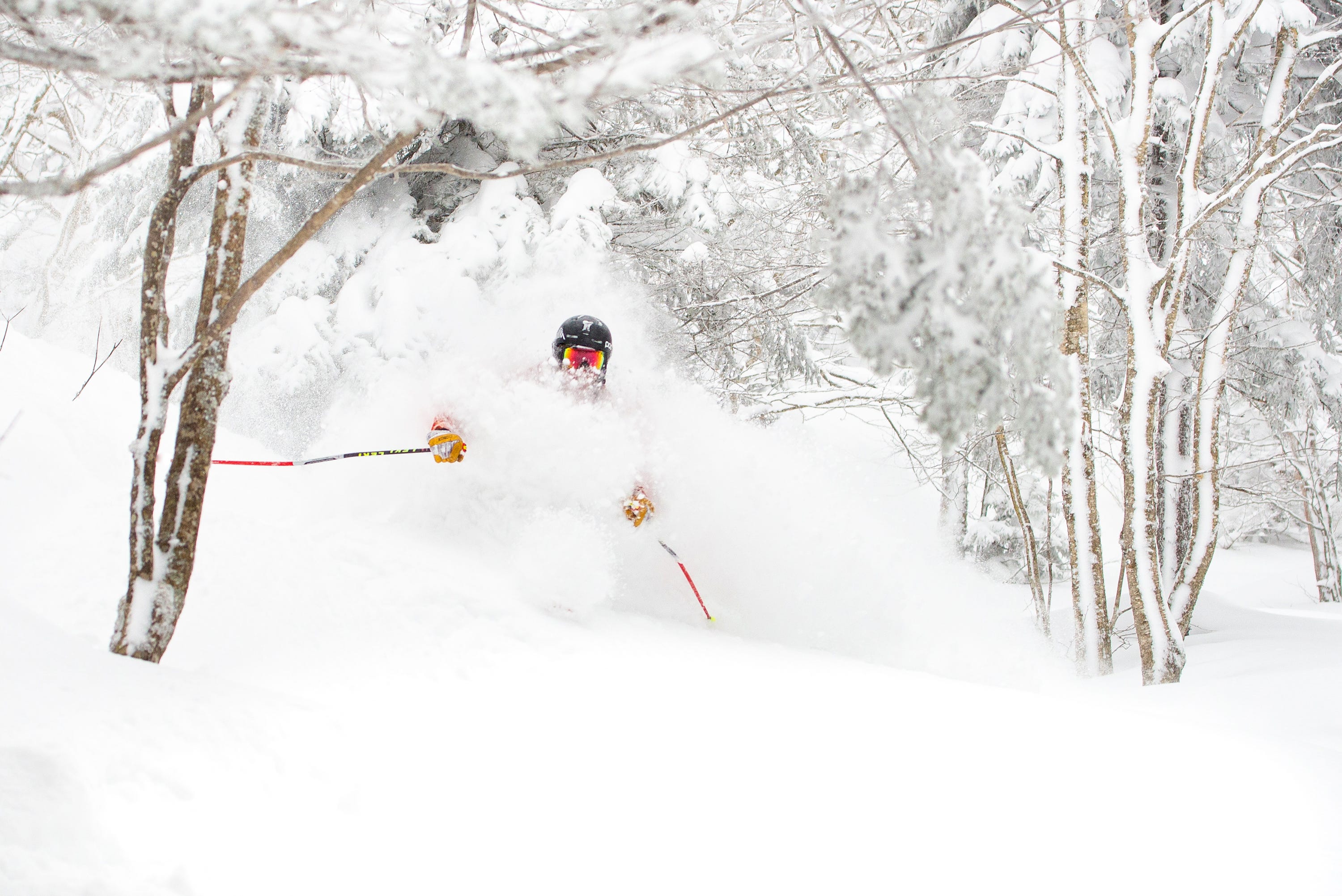What It Would Mean if Pacific Group Resorts Bought Jay Peak
“Hopefully this will bring an end to a very dark chapter in Vermont’s history” - former Sugarbush owner Win Smith.
More than six years after Vermont’s Jay Peak entered receivership following an EB-5 scandal that scammed hundreds of investors out of hundreds of millions of dollars and landed multiple people in federal prison, the ski area may be close to a sale.
On Monday, as first reported by The Storm Skiing Journal, Pacific Group Resorts (PGRI), the operator of five ski areas across North America, entered into a non-exclusive Asset Purchase Agreement (APA) for Jay Peak, tendering an initial offer of $58 million. This is the first step in a competitive bidding and auction process that will allow other entities to bid on the resort. An Aug. 26 hearing is scheduled to “consider approval of the sale of Jay Peak.” Any qualified bidders would then head to auction.
“This is a step in the process, but there are more steps to go that will likely continue to stretch forward into the summer; signing an asset purchase agreement (APA) simply initiates and, in reality, continues, the process,” said Jay Peak General Manager Steve Wright.
While we await any additional bidders, it’s worth pausing to examine what it would mean if PGRI wound up owning Jay Peak. What is PGRI, this far-flung conglomerate of mid-sized ski areas? Would PGRI implement its discount Mission: Affordable season pass program at Jay? Would Jay stay on the Indy Pass? Would Wright, now regarded as one of North America’s most effective ski area general managers, stay? Can Jay finally get some infrastructure investment, replace the Bonny and turbocharge snowmaking?
But it’s also a good time to look at the process that lies ahead: how will the APA work? And how did we get to the point where one of New England’s greatest ski resorts spent half a dozen years in scandal-driven limbo, while simultaneously weathering a global pandemic that shut out half of its traditional visitor base and improbably became the beloved Last Great Hope of the anti-Epkon Resistance? Here’s a look at what we know so far, how we got here, and what’s likely to happen next:
Jay Peak 101 - More snow than Vail, more problems than Jay Z
About Jay Peak
Vertical drop: 2,153 feet
Base elevation: 1,815 feet
Summit elevation: 3,968 feet
Skiable acres: 385 (including 100-plus acres of glades)
Trails: 81 (20% novice, 40% intermediate, 40% advanced)
Average annual snowfall: 359 inches
Lift fleet: 9 lifts (1 tram, 1 high-speed quad, 3 fixed-grip quads, 1 triple, 1 double, 2 carpets – view Lift Blog’s inventory of Jay Peak’s lift fleet)
Uphill capacity: 12,820 skiers per hour
If you’re unfamiliar with Jay Peak, think of it as Vermont’s Wolf Creek or Mt. Baker: big, rowdy, snowy, and affordable. And, for most of us, far away – the resort sits just four miles from the Canadian border. Jay averages more snow than any other ski area east of the Rockies: 359 inches per year. That’s a lot of inches. More than Telluride or Vail or Aspen or A-Basin or Park City. Of course, none of those mountains’ base areas sits at 1,800 feet, as Jay’s does, meaning the whole New England menu of rain, freeze-thaws, and New Yorkers. But it’s enough snow that the place is legendary for glades, typically pushes the season into May, and is one of the only places in New England where you can rack shots like this without the assistance of Photoshop:
From a pure skiing point of view, Jay is, more days than not, the best ski area in the eastern United States. Getting a good powder day in New England is like finding a good banana: it happens a lot less often than you would think, but damn is it satisfying when you do. Jay delivers more bananas than anywhere else in Vermont, a state rippling with snowy legends like Sugarbush and Mad River Glen and Stowe and Smugglers’ Notch. It’s special.
99 problems but the snow ain’t one
So why is this physical distillation of mana for sale? Well, in 2008, a bonehead named Ariel Quiros purchased the resort from Canada’s Mont Saint-Sauveur, which had started an EB-5 visa program. Quiros continued this program. EB-5 is supposed to work like this: foreign investors can gain permanent residence for every half million dollars they commit to projects that create at least 10 jobs. More than 800 investors from more than 70 countries provided their $500,000 (or more). Quiros raised more than $450 million altogether. He promised to spend the money on things like a $110 million biotechnology center in Newport, Vermont. Instead, he spent tens of millions on things like luxury Manhattan apartments and back taxes. He also used the money to finance his purchases of Jay and Burke, a smaller Vermont ski area.
For a while, he got away with it. Then he didn’t. In 2016, a line of black Escalades pulled into the Jay Peak parking lot.





